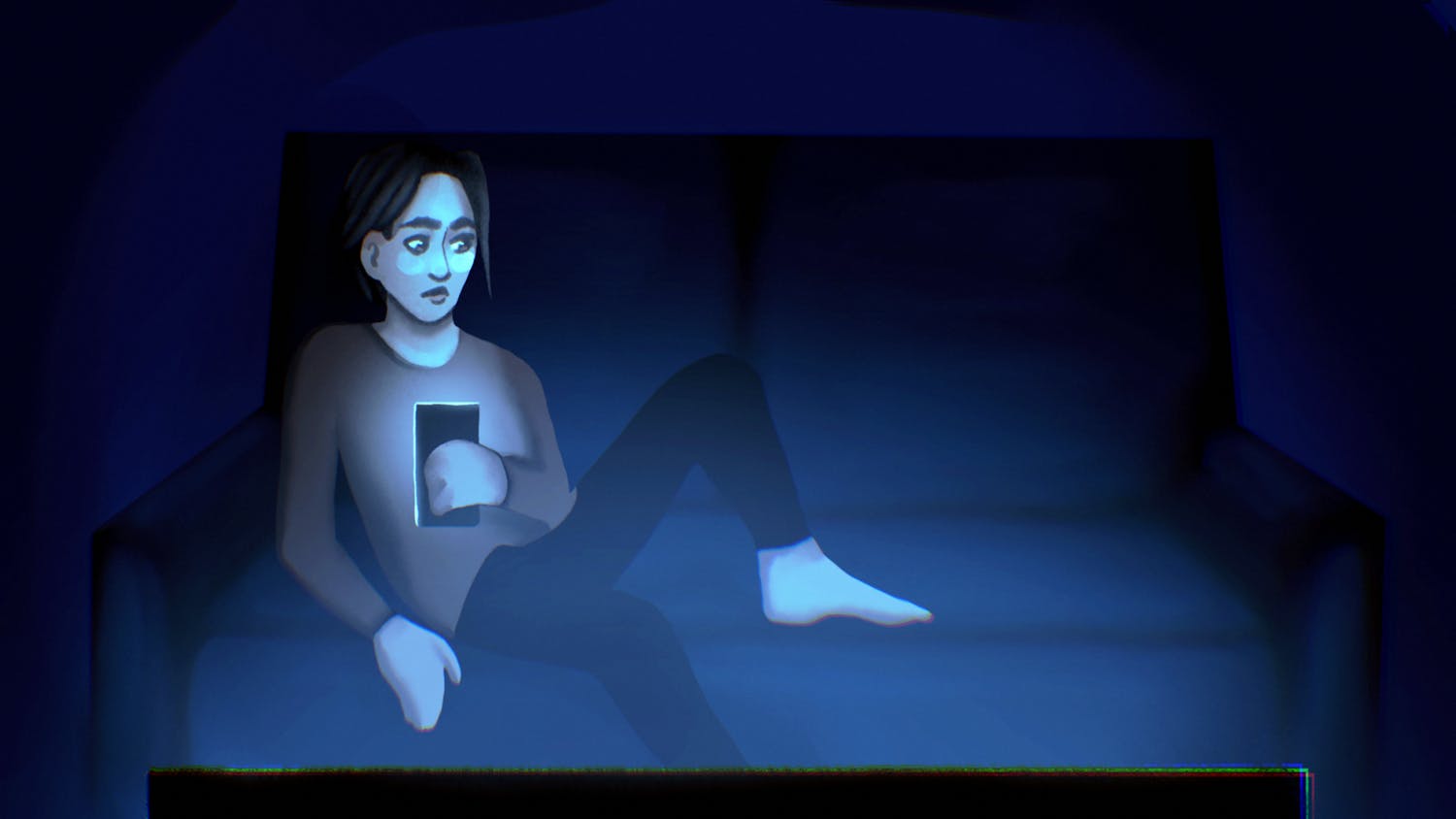Encompassing over a calendar year of principal photography in the Philippines and nearly two years of post-production in director Francis Ford Coppola's Zoetrope labs, 1979's "Apocalypse Now" remains one of the few greatest cinematic achievements of all time. Based on Joseph Conrad's 1902 story "Heart of Darkness," "Apocalypse" delves into the dark heart of man versus man and the ugly, subversive politics of war. It succeeds better than any film before or since.\nI can't pretend that "Apocalypse Now" isn't my personal favorite film. I'm about as unbiased as Cindy Sheehan's support for Ned Lamont here, but I don't believe my praise is without merit. Martin Sheen, Frederic Forrest, Sam Bottoms, Albert Hall, and a 15-year-old Laurence Fishburne are all spectacular as persons on a Navy patrol boat bound for foggy Cambodia in search of the rogue Colonel Kurtz, embodied by an omnipresent Marlon Brando. Robert Duvall also blows minds in his brief tenure as the fanatical Lt. Col. Kilgore. Vittorio Storaro's dreamlike cinematography and Walter Murch's Moog-inspired sound design courtesy of Carmine Coppola's haunting score establish a pervasive ethereal mood.\nIf there's any single reason to reissue this classic, other than to shine up the transfer and optimize the 5.1 audio, it's to finally have both the 153-minute 1979 original edit and the 202-minute "Redux" cut from 2001 in the same release. It's continually regrettable that movies shot in 2.35:1 are being compromised into 16:9 because of the widescreen television craze, but "Apocalypse" doesn't suffer terribly from this affliction considering Coppola and Storaro personally supervised the cropping process. Nonetheless, the film looks and sounds better than it ever has, and continues to stand as the ultimate cinematic representation of the madness of modern warfare.\nThe most significant feature on this set is the commentary track by Coppola, slightly altered for the "Redux" cut to include thoughts on the added scenes. All told, it's more than 200 minutes of new insight from a man who lived the comprehensive hell that was the making of "Apocalypse Now". It's more valuable than any documentary, although the glaring omission of "Hearts of Darkness" (the definitive yet out-of-print doc on the film's grueling production process) because of legal complications is slightly distressing. That being said, there are several enlightening mini-docs here concerning most facets of post-production and sound design, as well as a host of grainy deleted scenes, and even a 17-minute dramatic reading of T.S. Eliot's "The Hollow Men" by Marlon Brando.\nThirty minutes into the "Redux" commentary track, Coppola refers to his film as "a journey into the surreal." During the hallucinatory carnage of the Do Lung Bridge sequence later in the film, when hippie surfer Lance drops acid and twisted carnival music intrudes, the surreality almost comes into focus. War is hell, they say, but in "Apocalypse Now" it's something worse. In a world where the gasoline stench of napalm smells like victory, no one really wins, and home is never really home again.
Coppola's war
Get stories like this in your inbox
Subscribe





